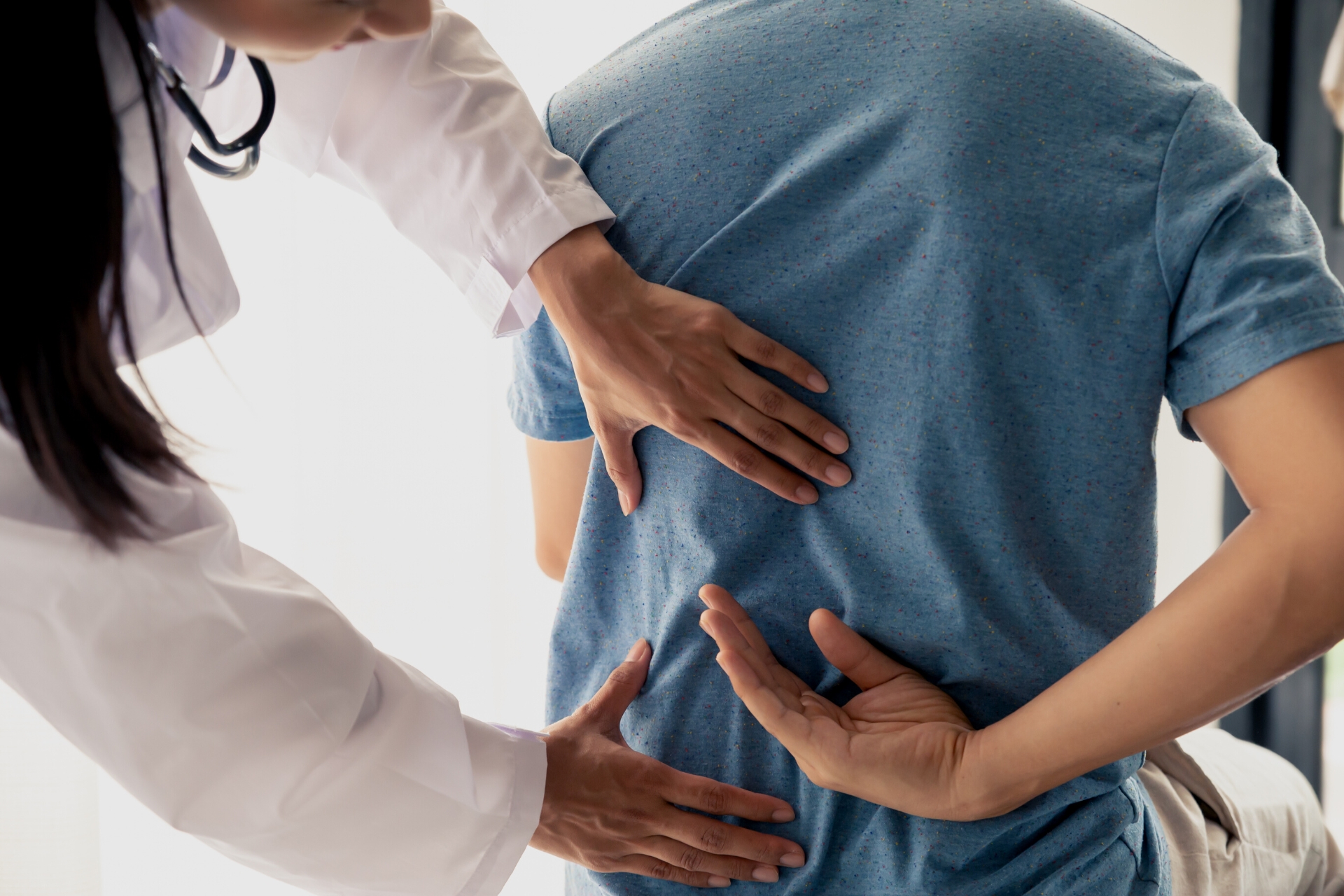Best approaches to treat your low back pain
Low back pain is one of the most common conditions someone will experience at some point in their life. The good news is that majority of individuals with low back pain will experience complete recovery, especially when utilizing various conservative treatment approaches.
October 6, 2023 | Renee Lascarides, PT, DPT

Low back pain is one of the most common conditions someone will experience at some point in their life. Studies have found lifetime prevalence rates for experiencing low back pain range from 70-84%. While low back pain initially may be scary, there is no reason to worry. The good news is that majority of individuals with low back pain will experience complete recovery, especially when utilizing various conservative treatment approaches that can be customized to fit someone’s needs and interests. These treatments will help control pain, improve disability, and improve quality of life. Surgery is usually only indicated for a small percentage of people with low back pain, and is not the go-to treatment option.
Stay on the move
The spine is built to be strong and resilient. When someone is experiencing low back pain, the first thought is usually to stay in bed and let it rest. However, he best thing to do when low back pain starts up is to modify, not restrict, activity, and keep moving. Avoiding painful movements or activities is okay, but bedrest is going to prolong pain and limitation of daily activities. Motion is lotion for our joints. The more we move, the better our bodies will feel. This is why exercise is the best treatment for low back pain. It may initially seem scary to exercise while you are in pain, but it will not cause any damage or further the injury, especially when it is under the guidance of a trained professional, such as a physical therapist.
Use hands on techniques
Utilizing physical therapy and massage therapy can also drastically reduce pain levels. In the early phases, hands on techniques in physical therapy can help improve how the joints in the low back move and reduce pain levels. It can also help mobilize tight and restricted muscles. Exercises can include gentle and progressive strengthening of the core, hip musculature, trunk, and legs. Aerobic exercise has been found to be one of the most effective treatments for patients who have been experiencing chronic low back pain. This can include walking, swimming, or riding a bicycle.
Other exercise methods that help people with low back pain include Pilates and yoga. Building strength will help reduce pain, restore disability, and improve robustness of the spine. Exercising also allows the body to release pain alleviating chemicals, which reduces the amount of medication needed to control pain.
Another very important aspect of recovering from low back pain is sleep.
Encourage good sleep hygiene
Good quality sleep will allow the body to heal and recover. Good sleep hygiene is crucial for us to function at our highest capacity. There are things we can modify to set us up for success; a cold, dark room along with a consistent sleep and wake time are ideal for good quality sleep.Creating a routine before bed can help signal to our body that it is time to start winding down. Taking a hot shower or bath, stretching, meditating, or doing breathe work are all good activities that will help prime our bodies for sleep and reduce low back pain. Performing this routine at or around the same time every night also helps create a regular sleep schedule. Try to avoid caffeine four to six hours before bed and avoid eating a late dinner. All these tips can help prime our body to reach REM sleep and deep sleep, where our muscles repair and grow and our body and mind recover. This is why good quality sleep will optimize recovery from low back pain.
Overall, there are a variety of methods you can use to decrease your back pain without resorting to surgery unless necessary. Remembering to stay mobile and avoiding bed rest is crucial, as well as getting a good night’s sleep and using hands on recovery methods such as massage or physical therapy.

Renee Lascarides
Renee Lascarides, PT, DPT, is a physical therapist in the Hamden office, as well as an adjunct faculty member at Sacred Heart University. As a youth athlete, Renee was constantly active and played soccer and participated in cheerleading and gymnastics.
